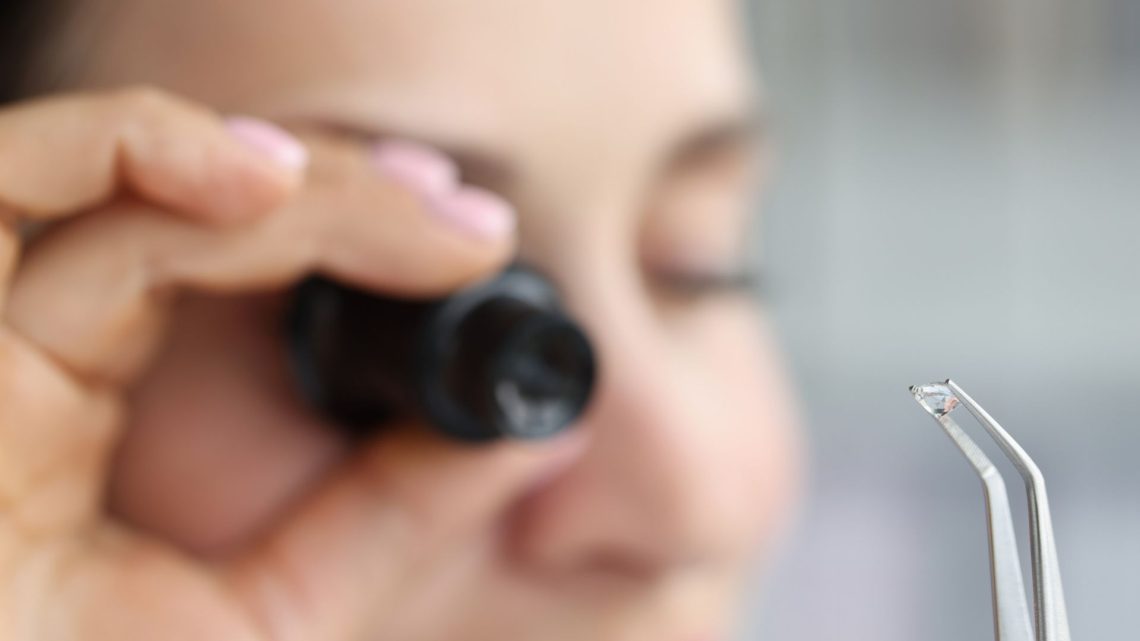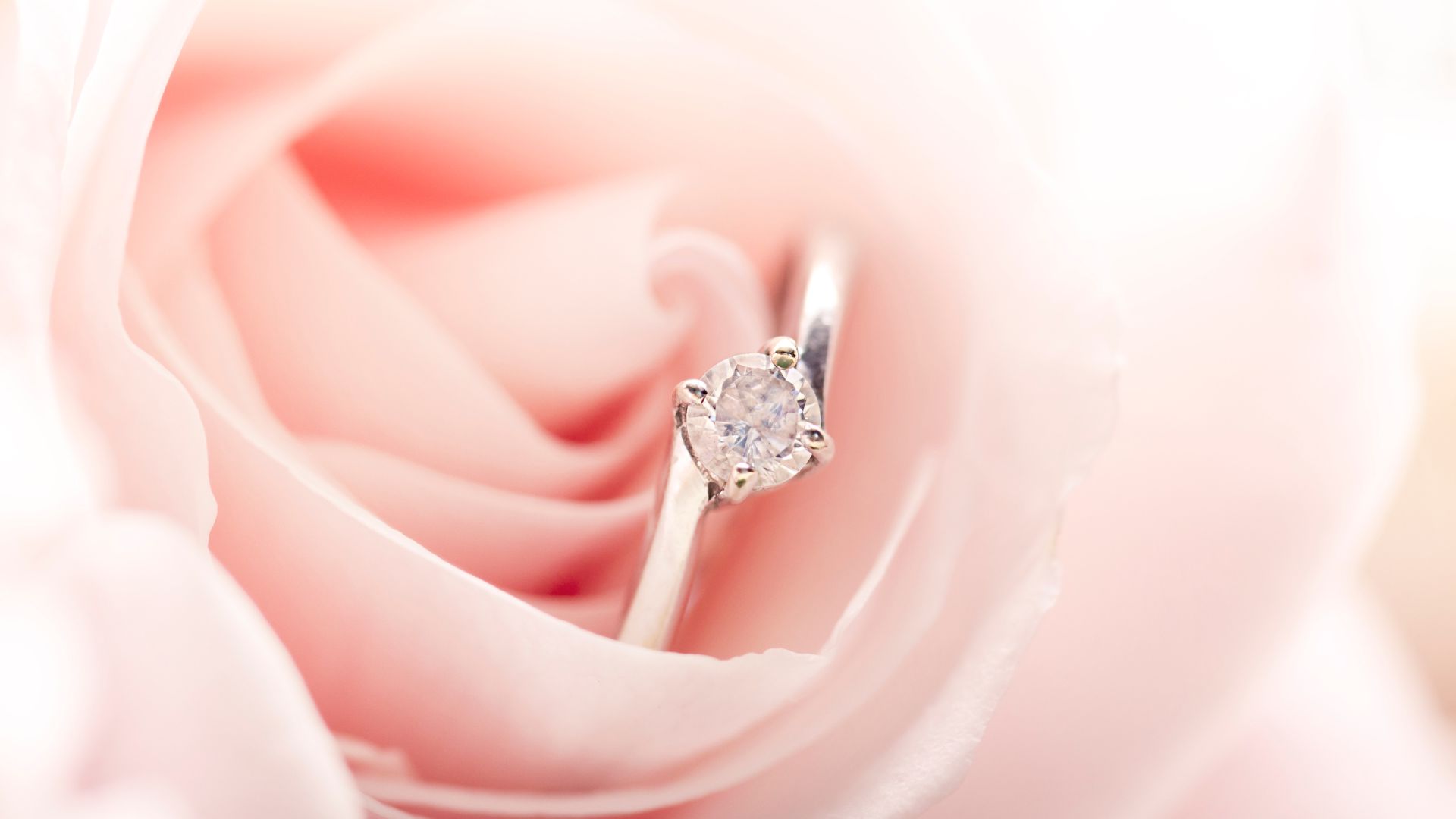A lab-grown diamond and a mined diamond could stay side by side, like peas in a pod and you wouldn’t be able to tell the difference. Read on to learn how they compare and how this may influence your choice.
Lab-grown diamonds also known as cultivated/created diamonds are precisely what you think they are: carbon-based gemstones created in the lab. They are inspired by natural diamonds which are naturally occurring stones beneath the earth’s crust.
In this article, we will consider the similarities and differences between natural and created diamonds from how they are formed to ethical concerns. Sit tight; let’s go.
Lab-grown diamonds vs. Natural Diamonds: Source
Natural diamonds are formed from the effect of high temperatures on carbon over millions of years. Cultivated diamonds are manufactured by one of two techniques including Chemical Vapor Deposition (CVD) and High Pressure High Temperature (HPHT).
CVD starts with a small piece of a diamond called a “seed” crystal which provides the framework for layers of carbon to accumulate into a larger rough crystal. HPHT involves putting graphite in a chamber where it is impacted by high pressure and high temperatures till it turns into a diamond.
Lab-grown Diamonds vs. Natural Diamonds: Similarities and Differences
Physical and chemical properties
Created and natural diamonds exhibit the same physical properties including hardness, shine, fire, and even fluorescence. This is why they can be described using the 4Cs. Both mined and cultivated diamonds can have inclusions and impurities that affect the value of the gems. On a chemical level, the major difference is the presence of nitrogen in mined diamonds. Nitrogen is usually absent in created diamonds. However, that’s not likely to be a problem for you.
Price
Natural diamonds cost more than created ones and the major reason might just be the rarity factor. Some years ago, created diamonds went for at most 20% less than the price of natural diamonds. Over the years, however, this margin has widened to 30% – 50%. This is largely due to the increase in the supply of created diamonds in tandem with the fundamental principles of demand and supply.
The technology for the creation of diamonds is getting into more hands making them more readily available. We can only expect that as this continues to happen, the margin will get even wider. This may be considered a win for people who want to buy diamonds with higher grades on the 4Cs.
Ethical concerns
When it comes down to ethics in the buying of diamonds, sustainability is a major issue. The mining process for natural diamonds can be energy inefficient and lead to pollution.
It is tempting to believe that since created diamonds are not mined, they are more energy efficient. However, this might not always be the case. HPHT can expend the amount of energy required to power a house for a month in just days. Technological advances in the lab-growing process show promise and potential for the use of 100% renewable energy in the future.
Which is better?
Honestly, it depends on what you’re going for. If the rarity and the luxury of the diamond will mean more to you and your lover, a natural diamond will do great. However, if you are on a budget but you want an excellent grade of diamond, cultivated diamonds are a great choice.
Diamond Ring Studio is here to help you narrow down options and find the perfect gem for your love story. Our professional services include crafting diamond rings for weddings, engagements, and anniversaries. We work with natural and lab-grown diamonds and we can guide you to the perfect choice.
Book a consultation today. Let’s find the perfect diamond for you




